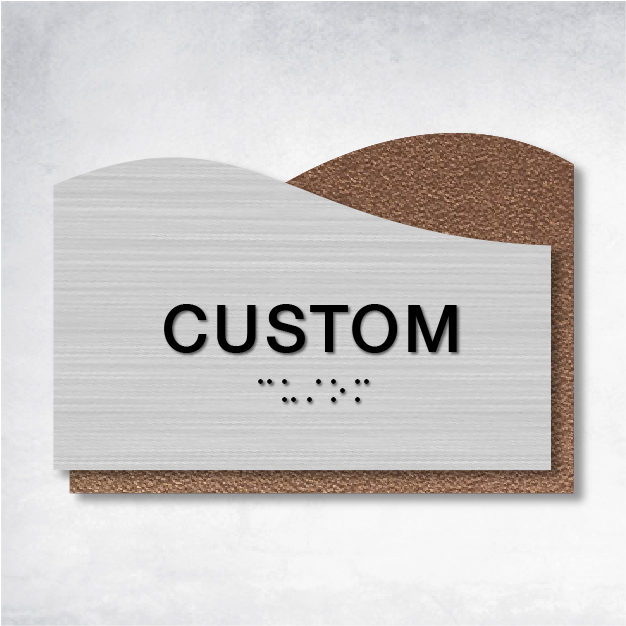Navigating Spaces with Ease: The Art and Science of ADA Room Identification Signs
Picture yourself in a bustling art gallery, eager to explore, but without clear signage to guide you. It's a maze, right? ADA room identification signs are the unsung heroes that transform such chaos into clarity, ensuring everyone can navigate spaces with ease. This guide will unravel the nuances of these signs, offering a handy checklist to ensure your compliance with ADA standards. Plus, discover how a sign shop can seamlessly assist in meeting these requirements.
The Craft of ADA Room Identification Signs
ADA room identification signs are more than just markers; they're essential tools for inclusivity. Mandated by the ADA Standards for Accessible Design, these signs are crucial for helping everyone, especially those with disabilities, find their way in buildings. Whether it's a restroom, conference room, or office, these signs are a must for permanent spaces.
Your Burning Questions Answered
What makes a sign ADA compliant?
ADA room identification signs must meet tactile and visual standards. Tactile signs feature raised characters and Grade 2 Braille, while visual signs boast a non-glare finish and adhere to color contrast guidelines. Positioned 48 to 60 inches from the ground, these signs ensure that tactile clarity, visual contrast, and ADA compliance are always in check.
Are there exceptions to these rules?
Indeed, some signs are exempt from tactile and visual requirements, such as:
- Temporary signs (up for 7 days or less)
- Building addresses
- Directories
- Occupant names
- Company logos
- Menus
Your Go-To Checklist for ADA Compliance
- Ensure every permanent room and space has a sign.
- Verify tactile signs include raised characters and Braille.
- Check that visual signs meet contrast and finish standards.
- Confirm signs are installed at the correct height and location.
- Review sign content for compliance with tactile and visual standards.
Sidestepping Common Pitfalls
Pitfall 1: Non-compliant fonts or character sizes.
Solution: Opt for sans-serif fonts with character heights between 5/8 inch and 2 inches.
Pitfall 2: Misplaced signs.
Solution: Install signs on the latch side of doors or the nearest adjacent wall.
Dive Deeper into ADA Signage
For those eager to explore further, our related blog posts offer a wealth of information on ADA compliance and signage. For comprehensive guidelines, check out these resources:
A Journey Towards Accessibility
ADA room identification signs are pivotal in crafting accessible spaces, demanding adherence to tactile and visual standards. Our checklist is your trusty companion in ensuring compliance. We invite you to share your experiences with ADA signage or pose questions in the comments. Subscribe to our newsletter for more insights on accessibility and compliance.
Explore Our ADA-Compliant Braille Signs
For those seeking the perfect ADA-compliant Braille signs, explore these options:









